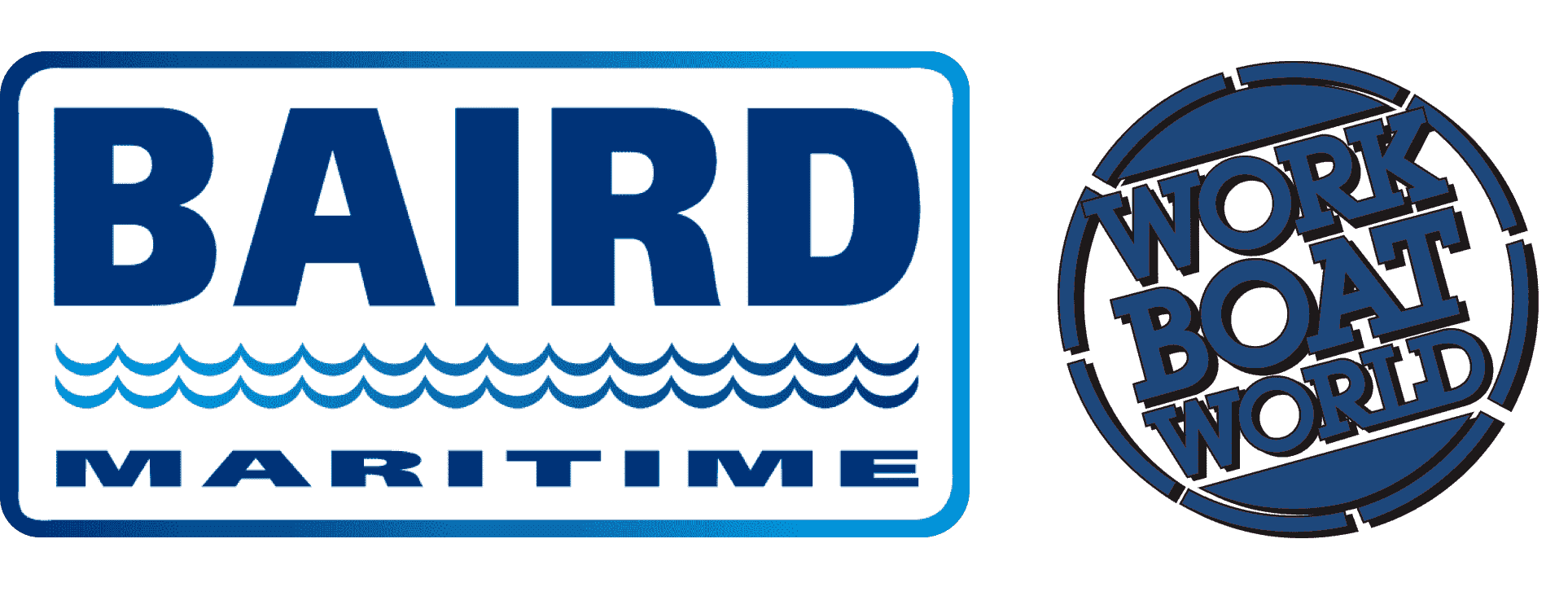Royal Canadian Navy conducts demonstration of kamikaze USV
The Royal Canadian Navy recently conducted a demonstration using an explosives-laden unmanned surface vehicle (USV) configured as a one-way attack or "kamikaze" craft.
Launched from the Halifax-class frigate HMCS Vancouver and guided via satellite link, the Hammerhead USV successfully detonated as it struck the target vessel, which was another Hammerhead.
The Hammerhead USV used in the tests was developed by UK-based defence technology company QinetiQ. The craft can reach up to 35 knots in Sea State three and up to 40 knots when in Sea State two and below.
Examples of the Hammerhead were originally acquired by Royal Canadian Navy to serve as remotely operated targets that could mimic the characteristics and manoeuvring capabilities of larger crewed vessels such as speedboats.
The test was conducted by the Advanced Naval Capabilities Unit, in collaboration with the Fleet Diving Unit (Pacific) and HMCS Vancouver, as part of the recently concluded Exercise Trident Fury 2025.
The exercise involved five Royal Canadian Navy vessels, Royal Canadian Air Force aircraft, Canadian Army personnel, and ships from the US Navy, the US Coast Guard, and the Mexican Navy.


